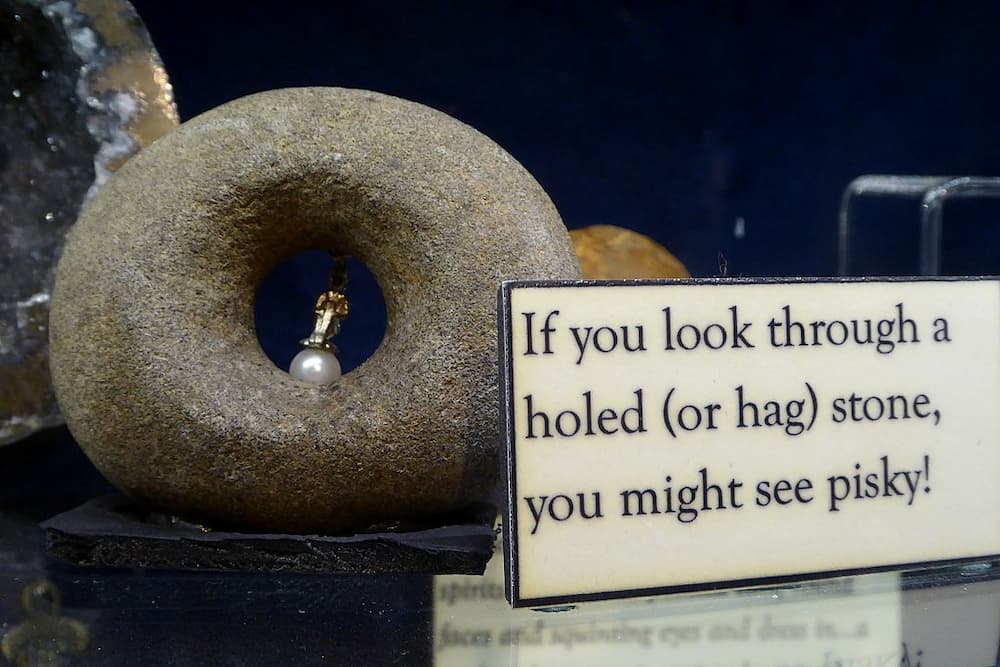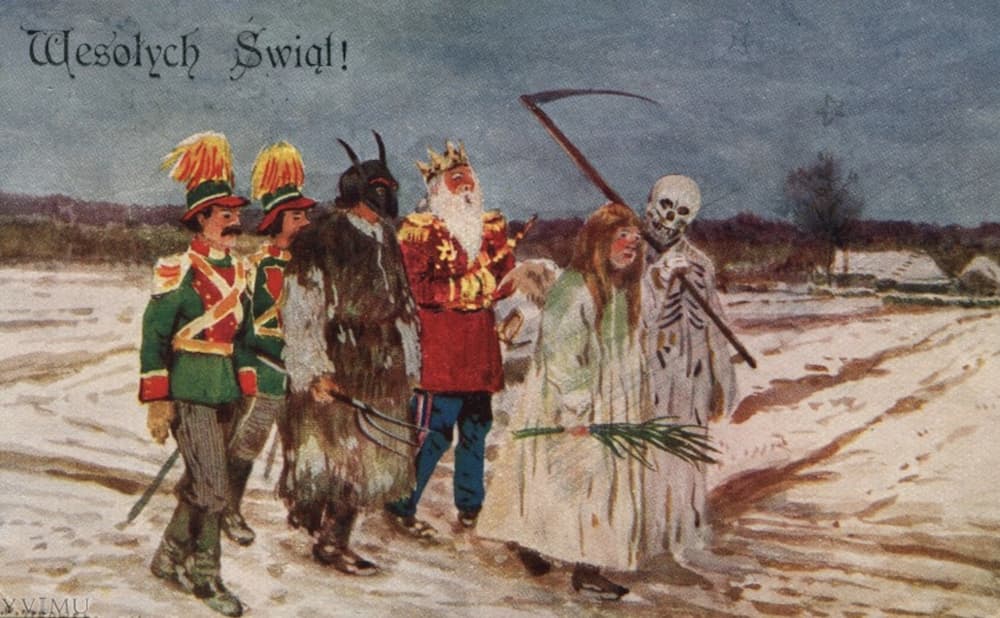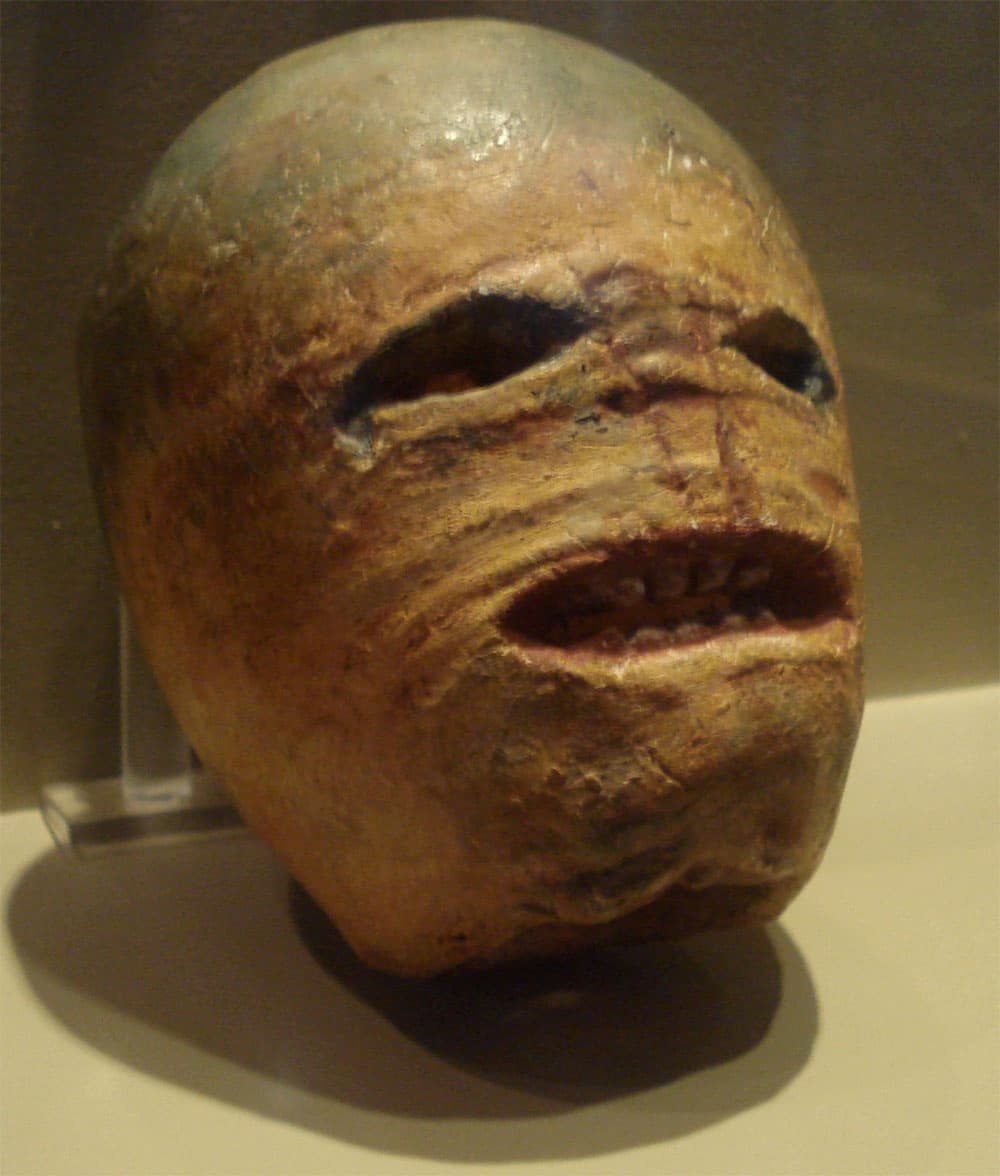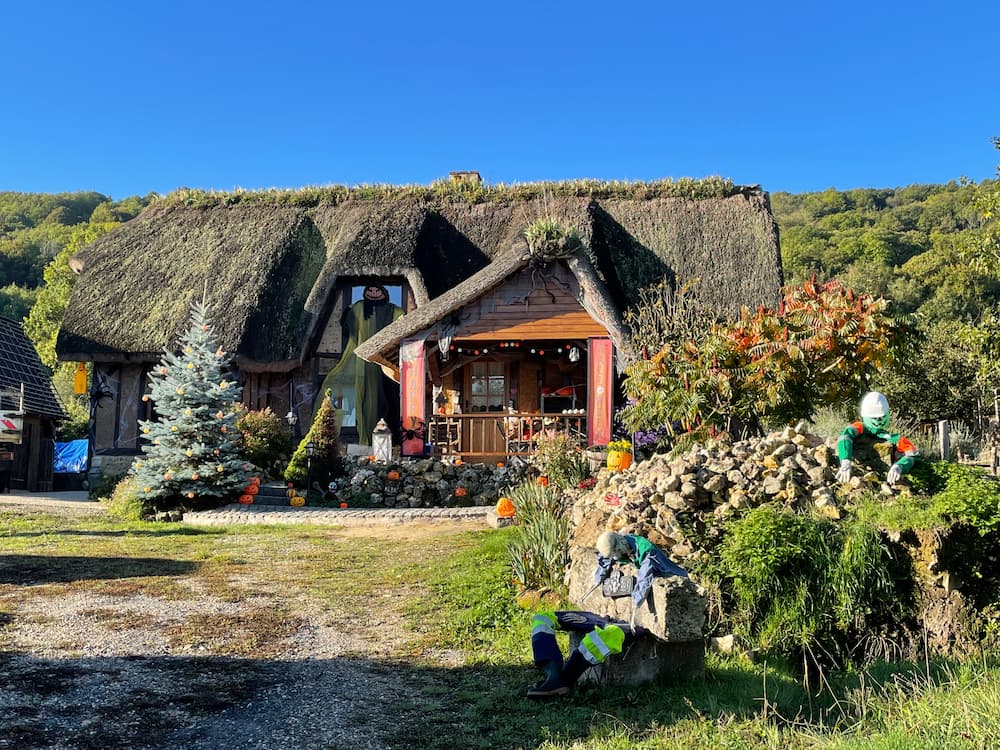In Autumn, as days get shorter and colder, men have always tended to be more… sensitive. And long nights are the perfect time for (spooky) storytelling! Many myths and traditions, in fact, take place during the first of November and in the Winter solstice. Today, we can mostly feel the reminiscence of the past Halloween lore. But where does it come from?
This is a complicated question and surely it will cover several articles in this blog. However, we can start with its name: Halloween is simply All Hallow’s Eve, so the day before All Saints’ Day. Hallow is an archaic term to denote a Saint or a holy person, similar to Old Norse helga.1 It is the first day of the triduum Hallowtide, a set of three days that goes from October 31st to November 2nd.
All Saints’ Day, in Roman times, was held on May 13th, then Pope Gregory III changed its day to the 1st of November. The day originally matched the pagan festival of Lemuria, which was also connected to the dead. It lasted three days too2 and its purpose was to please the agitated spirits of the ancestors. It was common to cook a salted cake and, at midnight, walking backwards while tossing black beans over the shoulder. Nope, nothing weird here.
According to Ovid, the festival was started by Romulus to soothe his Remus’s ghost, the brother he had killed. And, in general, the whole month of May was considered unlucky, so brides tended to not marry during it. From Wikipedia:
Lemures may represent the wandering and vengeful spirits of those not afforded proper burial, funeral rites or affectionate cult by the living: they are thus not attested by tomb or votive inscriptions.
Nowadays, the significance of the festivity is deeply connected to Christianity, but it’s interesting to note that many civilizations have celebrations with the same meaning.

Who knows why Romans were so afraid by Lemu… oh.
We’re in This Together #
Dead have always been memorialized throughout the world. In China, usually in August or September depending on the moon, for the Hungry Ghost festival people prepare food for the souls of their ancestors that come back on Earth and try to communicate. It is said that spirits with no family are malevolent, and joss paper is burned to banish them. Also, at dusk, the famous paper lanterns are lit in the sky to help them find their way home.
In Scandinavia, blót, or blood sacrifices (literal translation!), take place from October, during the period called Winter Nights: livestock is slaughtered to celebrate the gods. In ancient Persia, it was believed that progenitors came back on Earth on the Winter equinox. In modern Iran, there is still the Chaharshanbe Suri festival on the day before, and bonfires are lit. Finally, in Ireland, Samhain is probably the most famous festival associated to the modern Halloween. Large processions with fire take place and it is said that the goddess Cailleach freezes the world with her mighty staff. We’ll talk a lot more about this.
We also find many celebrations where people wear masks or costumes to scary the ghosts and drive them away. In Bulgaria, for example, Kukeri is an old tradition where costumes are used specifically for this purpose. In Wales, though, the 31st of October is Nos Calan Gaeaf, and spirits walk among us because the veil between this world and the otherworld is thinner. Men wear pig skins to terrify the kids. I… I’m just glad to be born a few thousands kilometers away.

For protection against the spirits, hag stones were carried attached to a red string. 🧚💔🪨
Born in the U.S.A. #
So, the costumes may be used to personificate either the spirits or the “guardians” that should cast them out. Nowadays we tend to wear just the monster masks to be scary. In the past, one dressed up as a supernatural being to disguise among the ones, during the night: that is probably the origin of the term “guising”, which is the Scottish name of the tradition. It was the role of a mummer. Somehow, then, this practice arrived to the New World.

“Mummers Play in Poland” (Wikimedia Commons). There are also modern days mummers.
It is indeed in America, though, in the last hundred years, that Halloween became the night as we all know it. It is true that the Día de los muertos and other celebrations assimilated part of the natives’ customs and lore, but it was the migrants from all Europe, in XIX century, that took their traditions abroad. Then, with distance and time, some of the traits remained, but other deeply mutated3 or were abandoned.
It is in Canada, in 1927, that the expression “Trick or Treat” was coined. In less than five years, it was broadly used in all the northern states. Since then, capitalism and cinema helped to spread new trends, thanks to movies, lights, pumpkins, etc.
Smashing Pumpkins #
Last but not least, pumpkin carving is probably the most well-known Halloween consuetude. What is this come from?
Pumpkins have been discovered in America by pioneers, so it wasn’t surely part of the tradition. However, in the past, turnip lanterns were used. They could either depict the ghosts or, in modern times, it was told they represented trapped souls in Purgatory. They were also used to ward off the evil spirits so, as with the costumes, there is never a single point of view.

Definetely scarier than a pumpkin.
About the name “Jack O’ Lantern”, it comes from English folklore: at first, it was referred to Will-o’-the-wisp, a ghostly light mostly seen on moors or graveyards (yes, definitely spooky). It is about old folk tales, spread across all Europe4, about young men –often called Will– that are doomed to haunt mortals or to wander on Earth. When, during All Hallows’ Night, the otherworld gets closer to ours, they become visible as faint lights.
There is a lot more to say on this special day, which has been undoubtedly too commercialized, and soon we’ll cover other aspects. For now, speaking about new Halloween customs, I’ll just leave you here Rob Sheridan’s amazing work with house decorating: check it out. Also, last week, on vacation in Normandy, I found an ancient thatched house full of “American” Halloween adornments. I love these contrasts.

Speaking about traditions that go back and forth. Sorry for the poor quality of the photo.
-
It may be a curious coincidence, but in Icelandic tales, Helga is often a girl who is kidnapped by trolls, and commonly the less loved among her sisters, too. Poor Helga. 😢 ↩︎
-
It was held on May 9, 11, and 13, all odd days. Well, that’s definitely odd. 🥁 ↩︎
-
See all the cryptids, which are –strangely– found in the U.S. nine times out of ten. 👀 ↩︎
-
There are eerie lights phenomenons all over the world, see Wikipedia’s page of Will-o’-the-wisp. It’s fascinating to see how different civilizations give them contrasting meanings. ↩︎